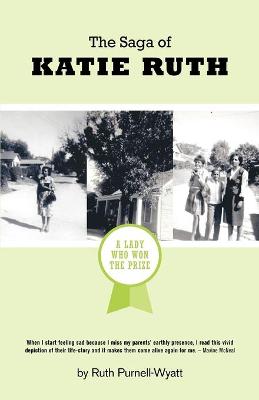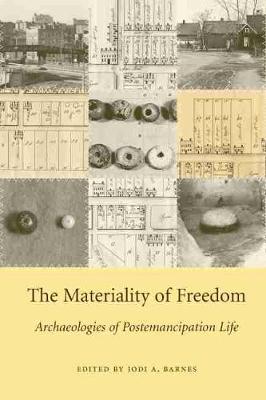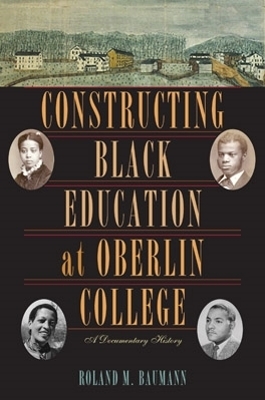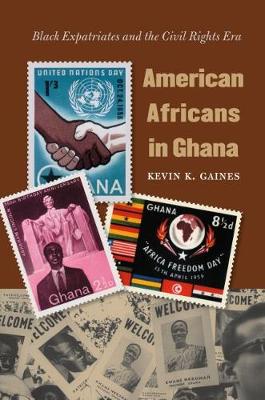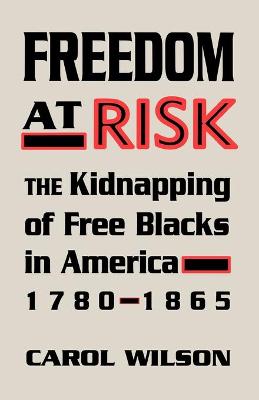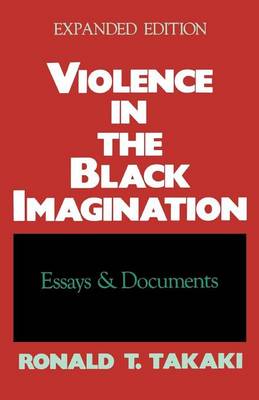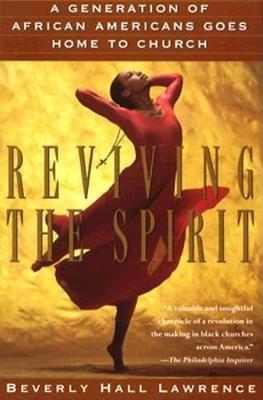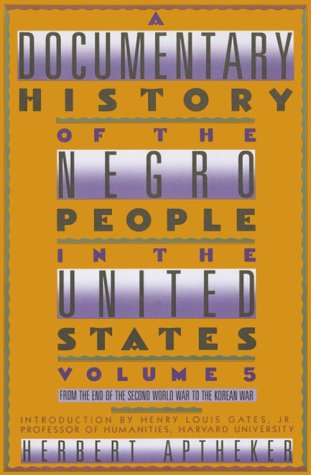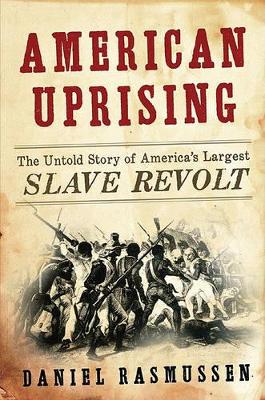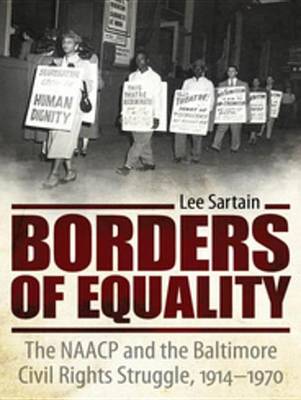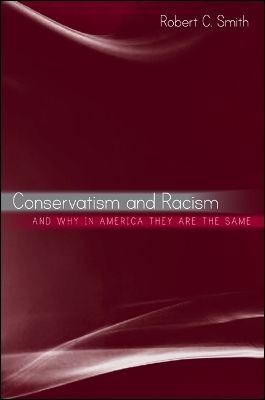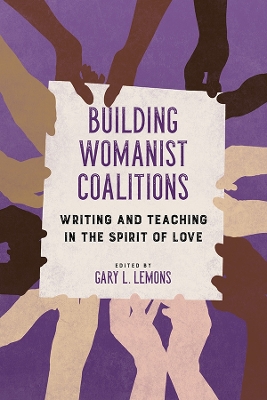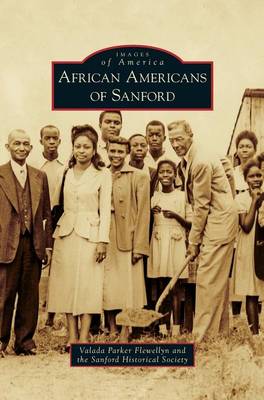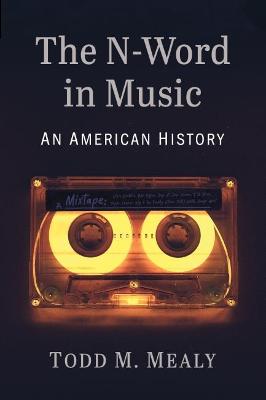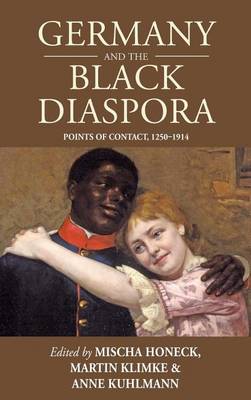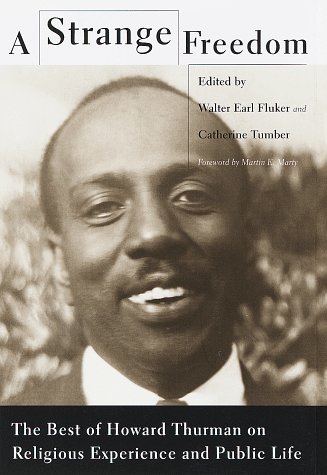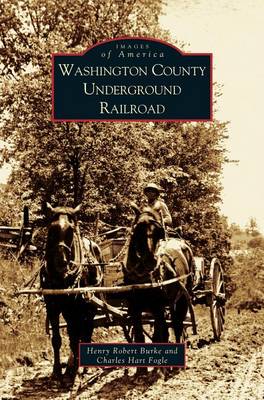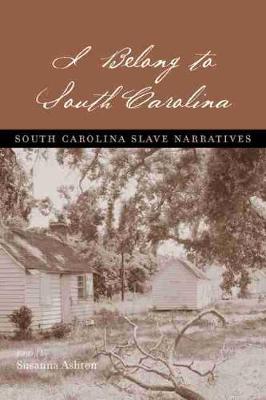The Materiality of Freedom
The Materiality of Freedom uses the lens of archaeology to provide original perspectives on the painful Reconstruction and Jim Crow eras by studying the material culture inherent in the struggles for racial equality in America and the Caribbean. Editor Jodi A. Barnes and a cast of notable scholars focus their essays on racial and social strife experienced by African Americans seeking to exercise their newly won civil rights following the Civil War. By studying material objects in a variety of co...
Constructing Black Education at Oberlin College
by Roland M. Baumann
In 1835 Oberlin became the first institute of higher education to make a cause of racial egalitarianism when it decided to educate students “irrespective of color.” Yet the visionary college’s implementation of this admissions policy was uneven. In Constructing Black Education at Oberlin College: A Documentary History, Roland M. Baumann presents a comprehensive documentary history of the education of African American students at Oberlin College. Following the Reconstruction era, Oberlin College...
American Africans in Ghana (The John Hope Franklin Series in African American History and Culture)
by Kevin K Gaines
In 1957, Ghana became one of the first sub-Saharan African nations to gain independence from colonial rule. Over the next decade, hundreds of African Americans - including Martin Luther King Jr., George Padmore, Malcolm X, Maya Angelou, Richard Wright, Pauli Murray, and Muhammed Ali - visited or settled in Ghana. Kevin K. Gaines explains what attracted these Americans to Ghana and how their new community was shaped by the convergence of the Cold War, the rise of the U.S. civil rights movement, a...
I Remember Death by Its Proximity to What I Love
by Mahogany L. Browne
Kidnapping was perhaps the greatest fear of free blacks in pre-Civil War America. Though they may have descended from generations of free-born people or worked to purchase their freedom, free blacks were not able to enjoy the privileges and opportunities of white Americans. They lived with the constant threat of kidnapping and enslavement, against which they had little recourse. Most kidnapped free blacks were forcibly abducted, but other methods, such as luring victims with job offers or falsel...
"They call me Sister Lawrence. It sounds funny even to me. I am not a holy roller. I've never spoken in tongues and have not yet been visited by the Holy Ghost. Then again, I did not join the church to get to heaven. I joined to survive on Earth."-Beverly Hall Lawrence The return in record numbers of young African Americans to the church has been called "a movement sweeping middle-class black congregations' by the Washington Post. African Americans are not only returning to church in search o...
Nat Turner and the Rising in Southampton County
by David F. Allmendinger, Jr.
In August 1831, in Southampton County, Virginia, Nat Turner led a bloody uprising that took the lives of some fifty-five white people-men, women, and children - shocking the South. Nearly as many black people, all told, perished in the rebellion and its aftermath. Nat Turner and the Rising in Southampton County presents important new evidence about the violence and the community in which it took place, shedding light on the insurgents and victims and reinterpreting the most important account of...
Borders of Equality (Margaret Walker Alexander Series in African American Studies)
by Lee Sartain
As a border city Baltimore made an ideal arena to push for change during the civil rights movement. It was a city in which all forms of segregation and racism appeared vulnerable to attack by the National Association for the Advancement of Colored People's methods. If successful in Baltimore, the rest of the nation might follow with progressive and integrationist reforms. The Baltimore branch of the NAACP was one of the first chapters in the nation and was the largest branch in the nation by 194...
Conservatism and Racism, and Why in America They Are the Same (SUNY series in African American Studies)
by Robert C. Smith
Building Womanist Coalitions (Transformations: Womanist studies)
Over the last generation, the womanist idea--and the tradition blooming around it--has emerged as an important response to separatism, domination, and oppression. Gary L. Lemons gathers a diverse group of writers to discuss their scholarly and personal experiences with the womanist spirit of women of color feminisms. Feminist and womanist-identified educators, students, performers, and poets model the powerful ways that crossing borders of race, gender, class, sexuality, and nation-state affilia...
Suppression of the African Slave-Trade to the United States of America: 1638-1870
by W. E. B. Du Bois
African Americans of Sanford
by Valada Parker Flewellyn and Sanford Historical Society
The minstrelsy play, song, and dance "Jump, Jim Crow" did more than enable blackface performers to spread racist stereotypes about Black Americans. This widespread antebellum-era cultural phenomenon was instrumental in normalizing the N-word across several aspects of American life. Material culture, sporting culture, consumer products, house-pets, carnival games and even geographic landmarks obtained the racial slur as a formal and informal appellation. Music, it is argued, was the catalyst for...
The rich history of encounters prior to World War I between people from German-speaking parts of Europe and people of African descent has gone largely unnoticed in the historical literature - not least because Germany became a nation and engaged in colonization much later than other European nations. This volume presents intersections of Black and German history over eight centuries while mapping continuities and ruptures in Germans' perceptions of Blacks. Juxtaposing these intersections demonst...
A Strange Freedom
by Howard Thurman, Walter E. Fluker, and Catherine Tumber
A spiritual advisor to Martin Luther King, Jr.; the first black dean at a white university; cofounder of the first interracially pastored, intercultural church in the United States, Howard Thurman offered a transcendent vision of our world. This lyrical collection of select published and unpublished works traces his struggle with the particular manifestations of violence and hatred that mark the twentieth century. His words remind us all that out of religious faith emerges social responsibility...
Washington County Underground Railroad
by Henry Robert Burke and Charles Hart Fogle
On Slavery's Border is a bottom-up examination of how slavery and slaveholding were influenced by both the geography and the scale of the slaveholding enterprise. Missouri's strategic access to important waterways made it a key site at the periphery of the Atlantic world. By the time of statehood in 1821, people were moving there in large numbers, especially from the upper South, hoping to replicate the slave society they'd left behind. Diane Mutti Burke focuses on the Missouri counties located...
This title includes rare firsthand accounts of slavery from across the Palmetto State collected together for the first time. Out of the hundreds of published slave narratives, only a handful exist specific to South Carolina, and most of these are not readily available to modern readers. Edited by Susanna Ashton, this collection restores to print seven slave narratives documenting the lived realities of slavery as it existed across the Palmetto State's upcountry, midlands, and lowcountry, from pl...
